Modeling and Diagrams Manuals
In modern requirements engineering, "Modeling and Diagrams" are crucial for clarifying the connections between Epics, User Stories, and Features.
They visually depict relationships and define acceptance criteria, ensuring a common understanding of project goals.
Modeling aids in deciding how to effectively break down Epics into manageable parts and address cross-cutting concerns across the project.
This visual approach ensures that all project components align with business objectives, facilitating better communication among stakeholders and guiding the project towards its strategic goals.
Through these techniques, teams can navigate complexity and maintain coherence throughout the development process.
How to model requirements?

The manual "How to Model Requirements?" serves as a comprehensive guide for anyone looking to master the art of requirements modeling.
From understanding the basics, identifying stakeholders, and gathering system requirements, to analyzing, validating, creating models, and integrating them into design processes, this manual covers all essential steps to effectively model and refine project requirements, ensuring a robust foundation for system development.
Read the manual here: How to Model Requirements?
How to model Use Case Diagrams & Use Case Models?
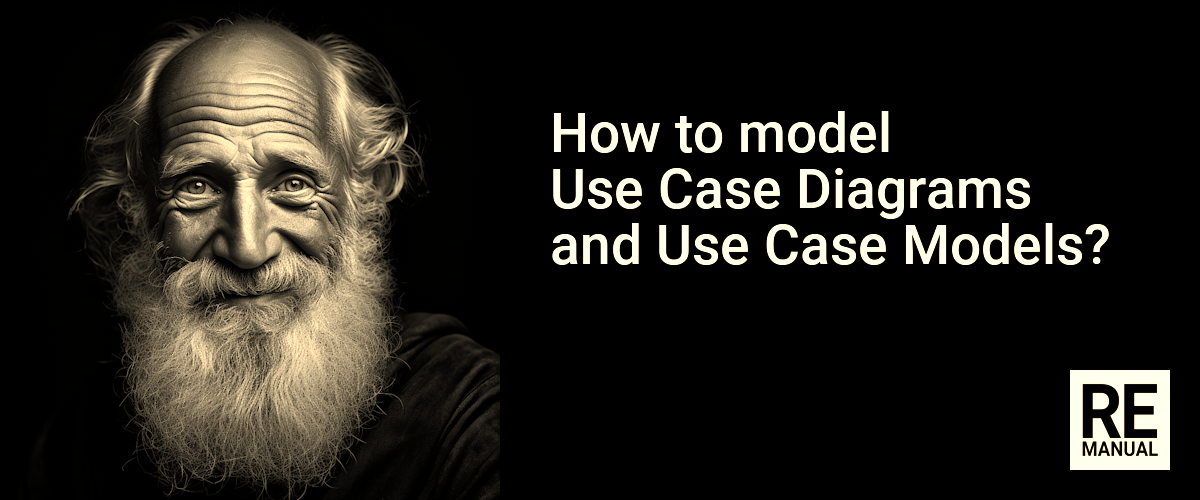
The manual "How to Model Use Case Diagrams & Use Case Models?" serves as a comprehensive guide for beginners and professionals alike.
It covers the essentials of understanding and identifying actors and use cases, establishing relationships, and modeling use case diagrams. Additionally, it provides insights into creating use case models, and validating diagrams and models, ensuring a solid foundation in use case diagramming and modeling techniques.
Read the manual here: How to Model Use Case Diagrams & Use Case Models?
How to model Object Diagrams & Object Models?
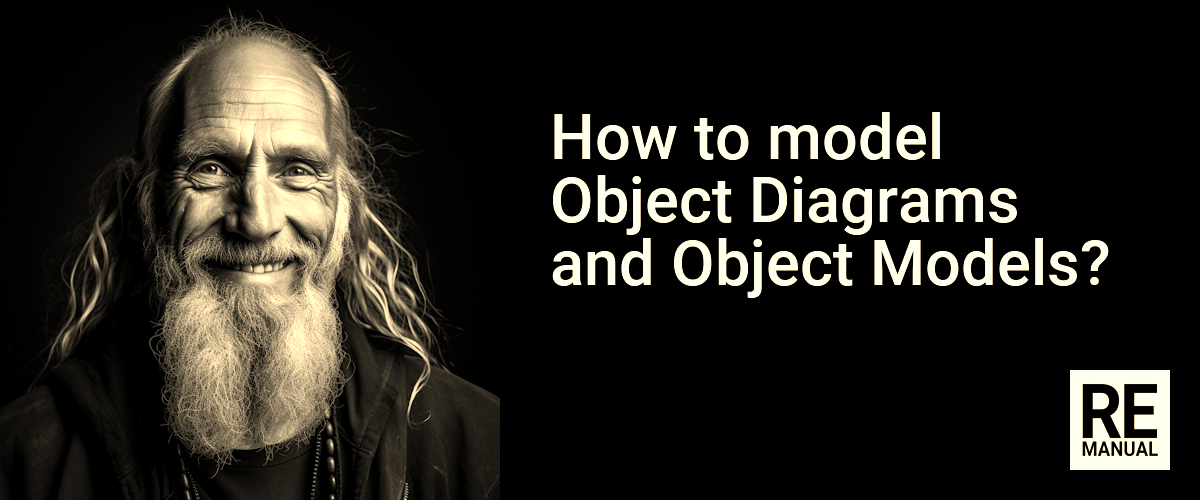
The manual "How to Model Object Diagrams & Object Models?" serves as a comprehensive guide to crafting object diagrams and models within systems development.
It covers the essentials of depicting system snapshots, representing logical interactions, and detailing object states and behaviors.
Through a step-by-step approach, it instructs on identifying objects, defining rules, validating creations, and ensuring alignment with requirements and system behavior, while emphasizing the importance of stakeholder feedback for refinement.
Read the manual here: How to Model Object Diagrams & Object Models?
How to model Entity-Relationship Diagrams & Entity-Relationship Models?
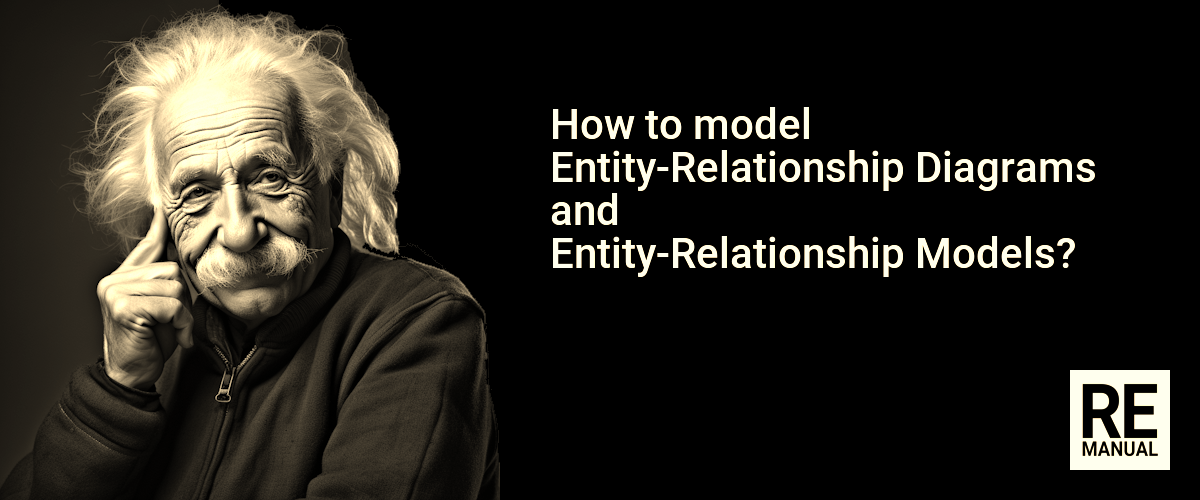
The manual "How to Model Entity-Relationship Diagrams & Entity-Relationship Models" serves as a comprehensive guide, teaching readers to understand and create ER diagrams and models.
It covers identifying entities, relationships, and attributes, drawing ER diagrams, converting these diagrams into tables, and validating the diagrams to ensure accuracy and effectiveness in database design.
Read the manual here: How to Model Entity-Relationship Diagrams & Entity-Relationship Models?
How to model Feature Diagrams & Feature Models?
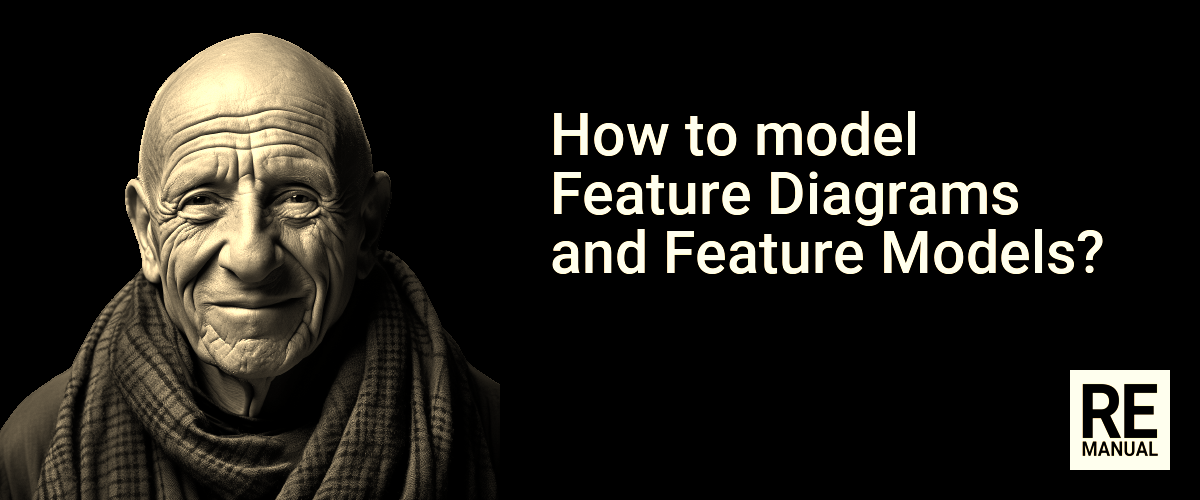
The manual "How to Model Feature Diagrams & Feature Models?" is a comprehensive guide designed to teach the essentials of Feature Diagrams and Models.
Covering topics from understanding and defining Features, to organizing them hierarchically, modeling relationships, and creating robust Feature Models.
It also delves into validating, verifying models, and their application in engineering practices, making it an indispensable resource for professionals and enthusiasts alike in the field of software development and requirements engineering.
Read the manual here: How to Model Feature Diagrams & Feature Models?
How to model State Diagrams, State Machines, Statecharts, State Machine Diagrams & State-transition Diagrams?
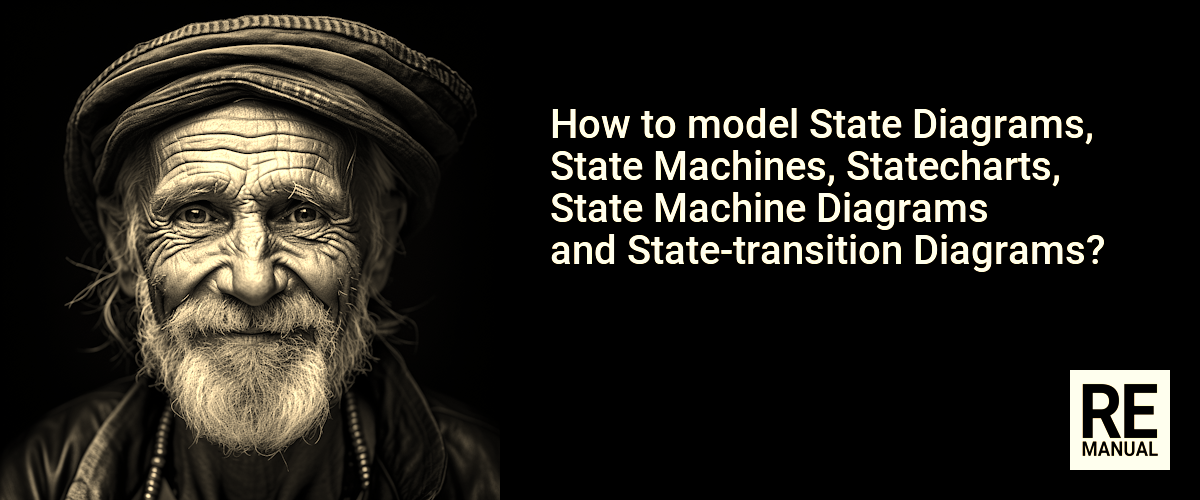
This manual offers a comprehensive guide on modeling State Diagrams, State Machines, Statecharts, and State-transition Diagrams, focusing on graphical representations to identify system states and transitions.
It addresses incorrect requirements, enhances stakeholder communication, and aids in test generation.
With detailed coverage on nodes, edges, additional Statechart features, and actions in state-transition diagrams, it emphasizes the importance of verification, validation, and utility throughout the development process.
Read the manual here: How to model State Diagrams, State Machines, Statecharts, State Machine Diagrams & State-transition Diagrams?
How to model Activity Diagrams & Activity Models?
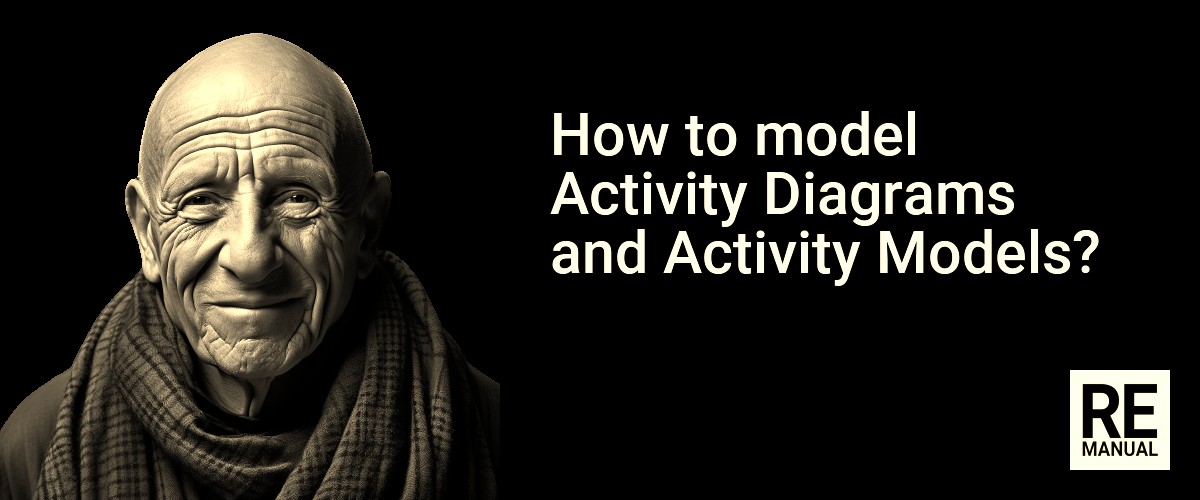
The manual "How to Model Activity Diagrams & Activity Models?" serves as a comprehensive guide for understanding and creating activity diagrams and models.
It covers the essentials of modeling workflow, system dynamics, and the inclusion of activities and decisions using rectangles, arrows, and diamonds.
It emphasizes the abstraction of activity models, showcasing roles and data, and underscores the importance of validating diagrams with stakeholders, highlighting their utility in engineering projects.
Read the manual here: How to Model Activity Diagrams & Activity Models?
How to model Data Flow Diagrams?
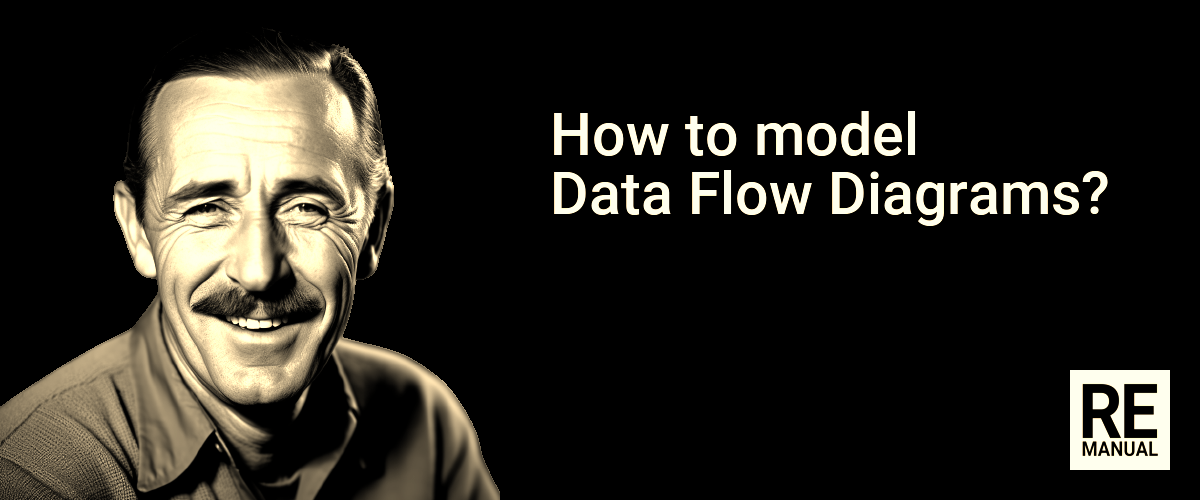
The manual "How to Model Data Flow Diagrams?" is an essential guide for anyone involved in software development.
It covers the visualization of data processes through DFDs, detailing their four basic elements, structured levels, and construction starting from the context level.
It emphasizes the importance of validating DFDs for errors and how they facilitate system analysis, providing a comprehensive toolkit for effectively modeling and understanding data flows within systems.
Read the manual here: How to model Data Flow Diagrams?
How to model Sequence Diagrams?
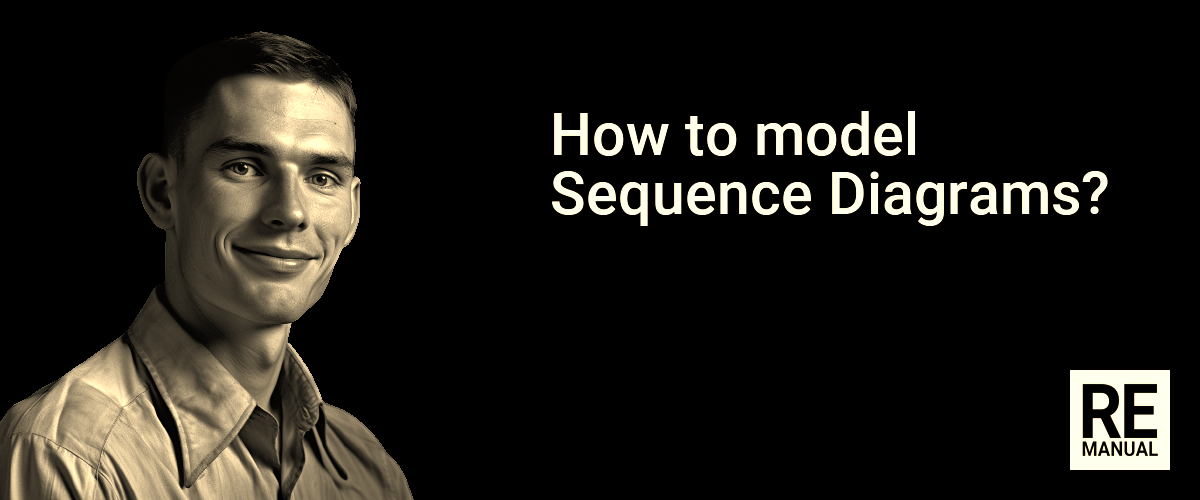
The manual "How to Model Sequence Diagrams?" serves as a comprehensive guide for crafting sequence diagrams, essential tools in requirements engineering.
It covers the identification of actors and objects, the creation of lifelines and messages, and the use of fragments for complex scenarios.
This guide ensures the accurate representation of processes and interactions, validating diagrams for correctness to enhance project development.
Read the manual here: How to model Sequence Diagrams?